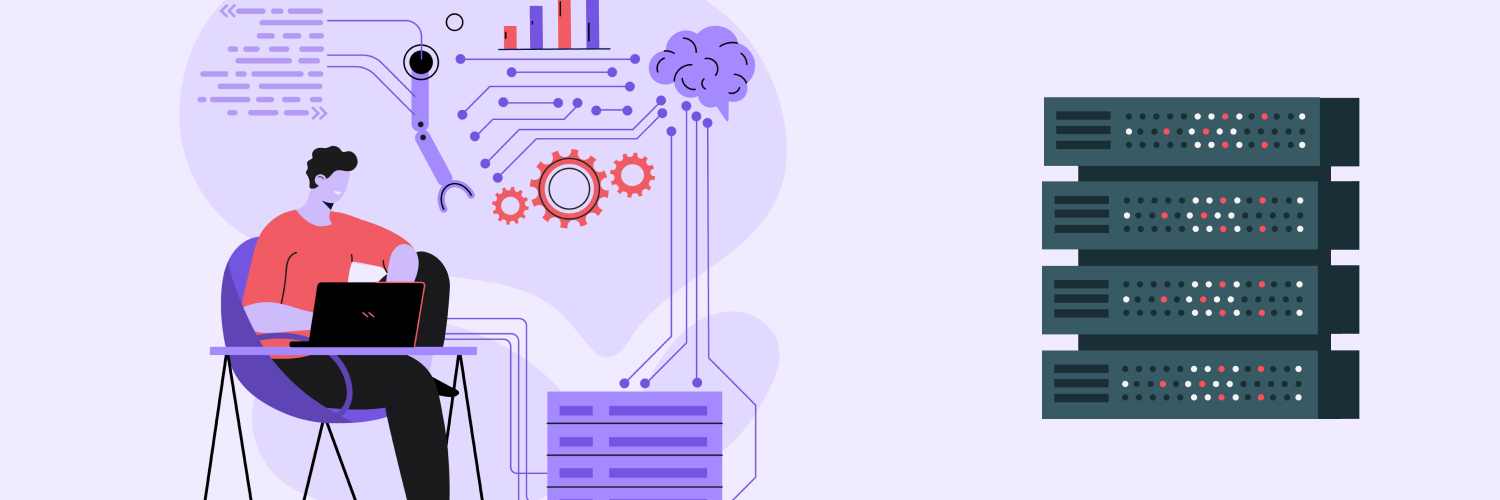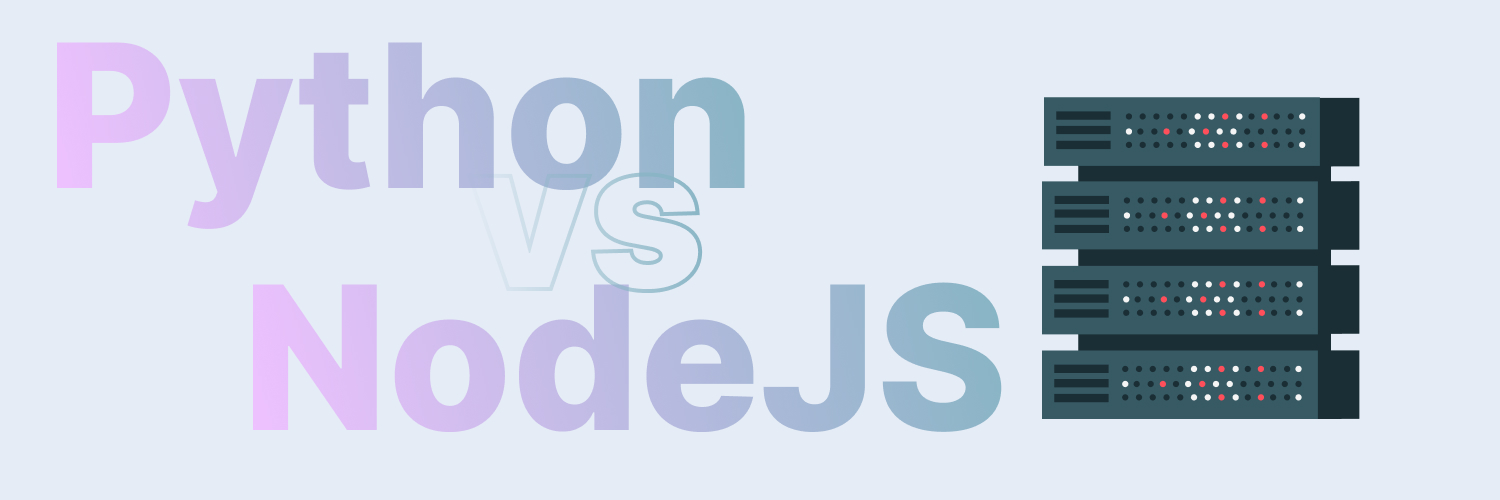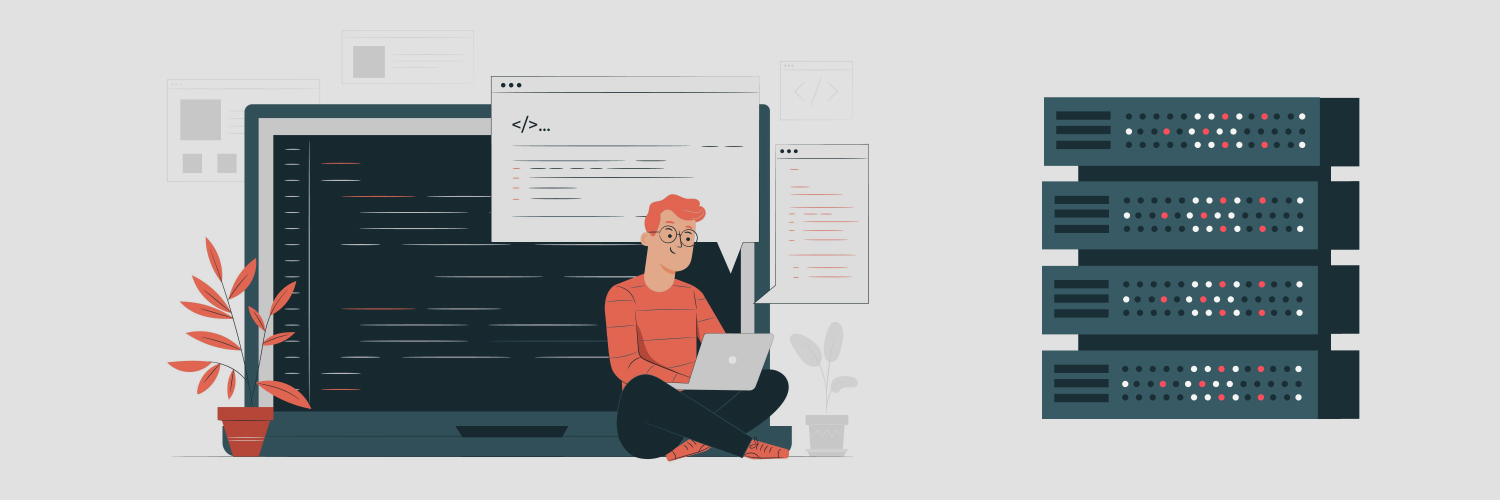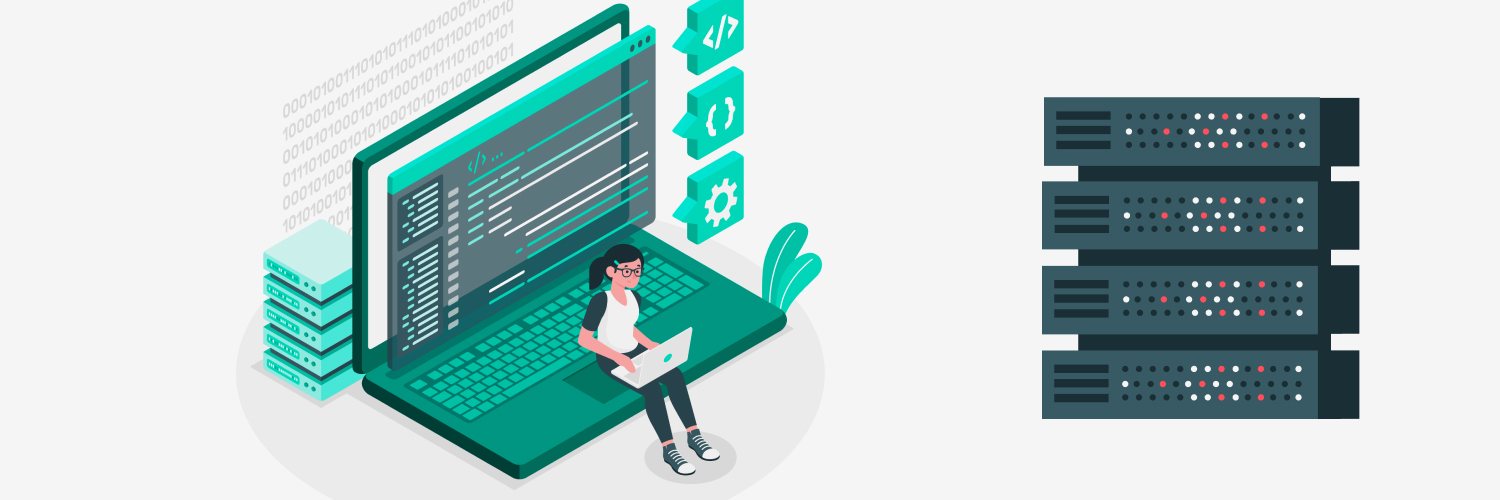How Does Web Scraping Work? (Process And Scraping Options)
As the internet becomes an increasingly enriched landscape, filled with competitors, partners, users, and their combined data, the need to collect and make use of this data is becoming more pressing. But that’s easier said than done.
Technically, data harvesting, or web scraping, is the process of importing data from the internet and into a database. Loading up a web page and manually copying the information within it qualifies as web scraping. But it’s not time- or energy-efficient. There are other ways you can get your hands on valuable data with the click of a button. But before you decide on a web-scraping technique, be sure you can answer this question: How does web scraping work?
How Web Scraping Works

At its core, web scraping is a simple process. You can split up web scraping into three straightforward steps. First, you need to communicate with the website or app server that’s carrying the data and send it a GET request.
Your GET request should contain all the criteria to be met by the data you want. They could be file types, anything from specific image formats to audio, video, and text files. You could also make your request based on the creation date of the data or its source — whether it’s user or website data. If the server deems your communication request as safe and legitimate, it’ll send you the data you request in the form of raw web content.
The data you receive would most likely be in HTML code, which often consists of chunks from the website. While this is valuable data, it’s not useful. So your second step would be to parse the HTML code into a tree structure path. Your third and final step: Depending on your coding language and library of choice, you can search and organize your data accordingly.
Once you understand how web scraping works in three simple steps, you can have access to all of almost any website’s publicly available data — except for one hitch. Websites often have some of their content protected by Robot.txt files, or the Robots Exclusion Protocol. They communicate with web scrapers and crawlers, letting them know that they aren’t welcome to scrape the given websites’ data.
It’s common web-scraping courtesy to respect Robot.txt files and not bypass them without explicit permission from the data’s owner. While scraping protected data may not be illegal as long as it’s still categorized as public data, it is highly unethical and could put your reputation as a web scraper at stake. Fortunately, ethical web scraping tools and APIs automatically respect the Robots Exclusion Protocol, so you don’t have to worry about accidentally scraping data you shouldn’t have scraped.
Choosing Your Web Scraper

While web scraping can be divided into three primary steps, each step can be broken down into minute details that play a major role in your scraping experience and the resulting data. When it comes to web scraping, you have one of two options. You either take a do-it-yourself approach and write a web scraper from scratch, using your preferred coding language — preferably Ruby or Python — or you use pre-made tools.
Building versus using pre-made tools
Despite the countless web-scraping tools out there, it’s safe to say that many experts prefer building their own. After all, you need to trust that the tool you’re using does the job correctly and efficiently.
It’s true that building your own web scraper is time-consuming relative to the features and functionality you’re looking to implement. But custom-made tools have the edge of being made to your particular specs. Such a tool can be incredibly beneficial if the type of data you’re scraping is new or unique or if you’re changing up the parsing process to better suit your data application.
That’s not to say that pre-made scrapers are less useful than their custom-made counterparts. Most scrapers have a solid reputation and offer credible results. And you don’t need any coding experience to use a web scraper. It does all the server communication, data scraping, and parsing for you.
Ready-made web-scraping tools come in two types: APIs (application programming interfaces) and web-scraping software. While they both do more or less the same job, they differ in their features, limitations, and methodology.
Web-scraping software is an independent tool that can communicate with a website’s server and load a website’s entire HTML code, including CSS and JavaScript elements, to gather data that hides just beneath the surface. APIs, on the other hand, act as an intermediary, allowing websites, apps, and software to communicate with one another in order to efficiently and securely exchange data. While web-scraping software loads the website and then automatically scrapes needed data, APIs communicate with the website directly and take whatever data the communication protocol allows them to request.
One web-scraping API that respects its clients’ and users’ boundaries and privacy policies is Rayobyte’s Web Scraping API. It uses JavaScript Object Notation, or JSON, allowing it to communicate directly with servers and import content into data-friendly formats without needing constant adjustments to the code.
Rayobyte’s Web Scraping API takes the mess and hard work out of web scraping. It ethically harvests data and avoids seeming like a DDoS attack by controlling the rate at which it pulls data out of a server. A DDoS attack is short for a Distributed Denial-of-Service attack, where an attacker overloads a machine or server with fake traffic to crash its system and make it inaccessible to other users.
Web Scraping With Proxies

Even if you’re careful not to crash the website or fake a DDoS attack, a lot of websites have an antispam and antibot filter in place that would block your scraper’s IP address as soon as it notices that it’s not a human. While Rayobyte’s Web Scraping API has proxies covered to ensure it doesn’t get blocked, if you’re going solo, you’re going to need a reliable proxy.
All a proxy does is hide your original IP address and replace it with one that can’t be traced back to you. But since not all proxies are created equal, you’re going to need a high-quality proxy provider that caters to large enterprises and not just individual users or small teams.
Your best proxy option would be Rayobyte, as they specialize in proxies for web-scraping purposes. They also offer unlimited bandwidth, API support, and residential and data center IP addresses in over 27 Countries.
Residential versus data center proxies
Multiple factors come into play when choosing the right proxy type for the job. The first is location. Some online content is geo-blocked. That means you can’t scrape data that’s only available in Canada, for instance, if you’re in the United States. But proxies change that. When masking your IP address, you can choose the alternative IP to be in a country that has access to the data.
However, there’s another issue to consider. Over time, website and app servers start recognizing some IP addresses as proxies used by bots and people looking to spoof their location, so they block them as well. Luckily, that’s only the case with data center proxies.
Data center proxies are the type of IP address masking that VPNs often use. VPNs route various users’ network traffic through a global network of servers that function as data centers. The only difference is that VPNs encrypt incoming and outgoing web traffic while proxies do not. Your internet connection gets routed through a server that covers your IP address with its own. The downside is that every single internet connection coming out of the same server is going to have the same IP address, making it easy for websites to identify and block them.
Residential proxies are a different story. While websites aim to block bots from their website to avoid spambots and DDoS attacks, they don’t want to block legitimate users from accessing their content. So instead of assigning you a generic IP address, residential proxies use IP addresses that are linked to real residential addresses in the area. That way, websites can’t ban those IP addresses without also banning local internet users.
Since your scraping tool is going to need to visit the same website multiple times throughout the day to harvest data at reasonable rates and through spread-out hours of the day to avoid crowding the server, you’re going to need multiple IP addresses. Residential proxies are often larger in number than data centers. They allow your tool to switch up its IP address multiple times throughout the day to avoid being flagged as a bot.
Start Web Scraping Today

Web scraping isn’t a delicate process that needs to be perfect to yield beneficial results. The best way to become good at web scraping is by practicing it. Over time, you’ll develop an understanding of the type and amount of data you need for your projects. You’ll also become better at singling out websites that have high-quality data that is well organized and scraping-friendly.
You can start web scraping for real, now that you can confidently answer the question, How does web scraping work? Whether you choose to build your own scraper or use specialized software or an API, as long as you proceed ethically and soundly, you’re going to get decent results. And don’t forget the need for a residential proxy, so your web scraping doesn’t get cut in half thanks to antibot filters.
The information contained within this article, including information posted by official staff, guest-submitted material, message board postings, or other third-party material is presented solely for the purposes of education and furtherance of the knowledge of the reader. All trademarks used in this publication are hereby acknowledged as the property of their respective owners.





